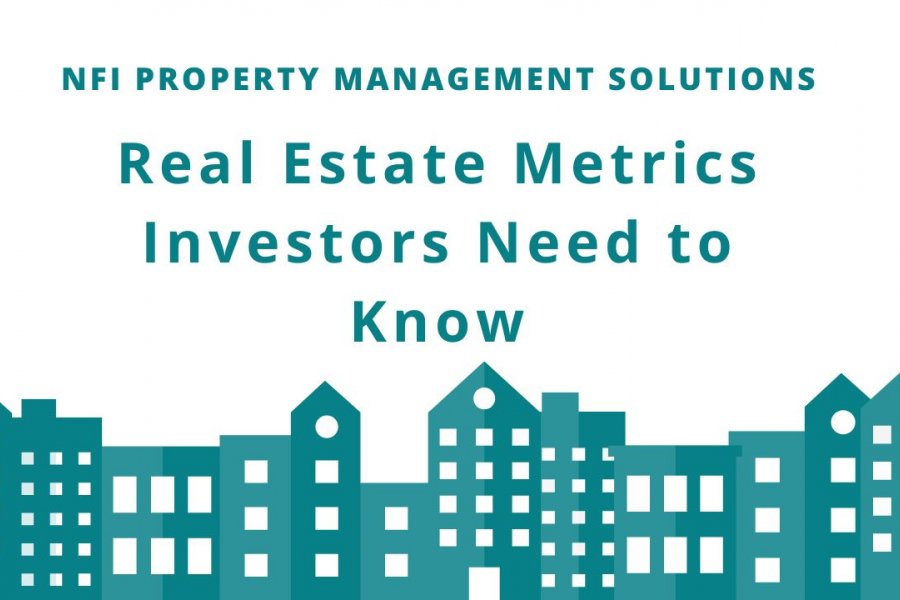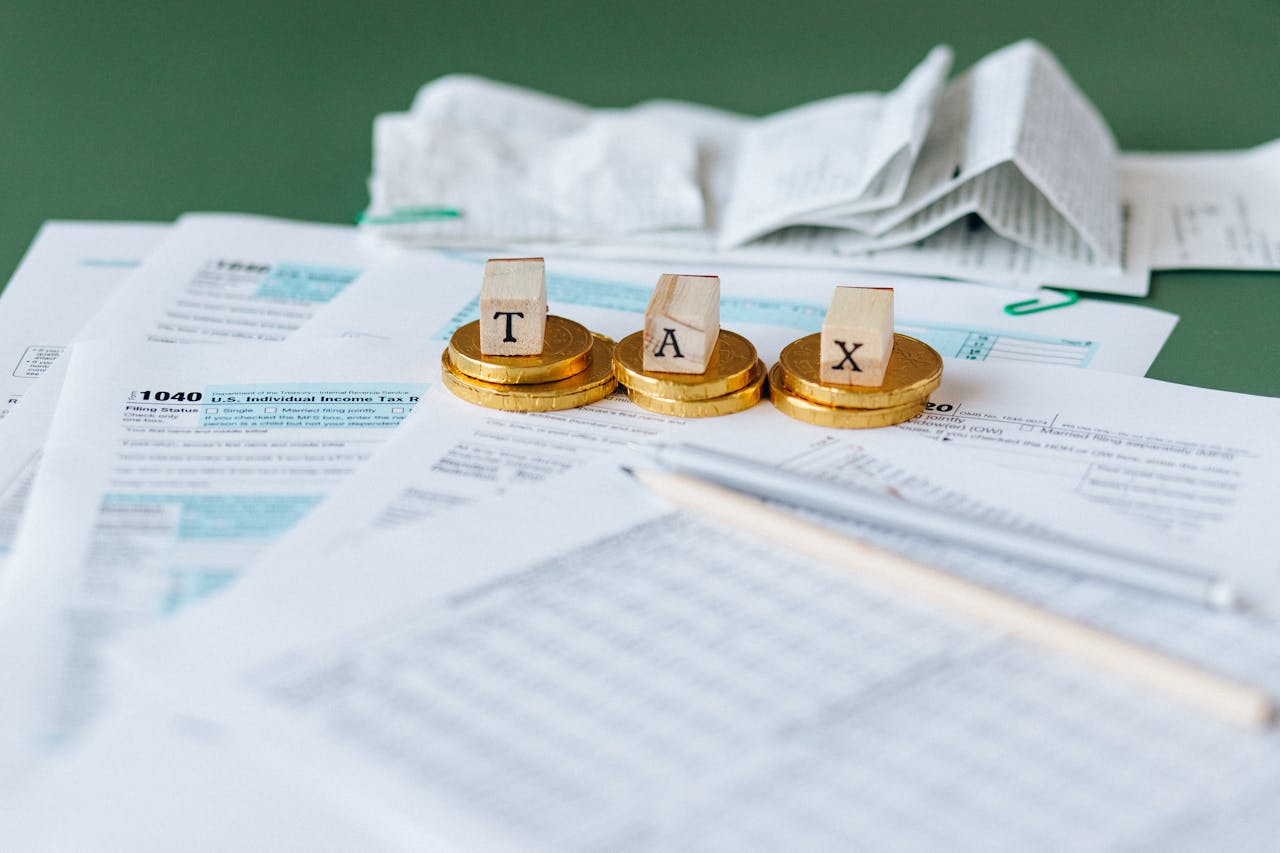
Key Takeaways
- Tracking the right metrics is essential to understanding your rental property's true performance and long-term potential.
- Core numbers like NOI, Cash Flow, and Cap Rate help you evaluate profitability, compare investments, and make confident decisions.
- Metrics such as Occupancy Rate and Operating Expense Ratio reveal operational efficiency and income stability.
- With expert support from NFI Property Management Solutions, Pensacola landlords can turn raw data into actionable strategies for growth.
Are you struggling to figure out whether your rental property is truly performing as well as it should? Many rental property owners find themselves unsure about which numbers to track, and without the right insights, it's easy to miss signs of underperformance or potential growth.
Understanding key real estate metrics isn’t just helpful, it’s essential for making smart investment decisions and staying ahead in a competitive market. That’s exactly where knowing the right numbers makes a difference.
In this guide, we’ll walk you through the essential real estate metrics every rental property owner should understand. With the expert support of NFI Property Management Solutions, you’ll gain clarity and confidence in evaluating your property's success.
Learn how we can help you maximize your home’s potential.
Unlock the Power of Property Math With 8 Key Real Estate Metrics
Knowing which numbers matter can transform how you manage your rental. These eight real estate metrics reveal true performance, helping you make confident, informed decisions every step of the way:
1. Net Operating Income (NOI)
Net Operating Income tells you how much your rental property earns after covering its regular operating costs, not including mortgage payments or taxes. For example, if you’re managing a property in Pensacola and want to measure how profitable it is, NOI helps provide that clear picture.
To calculate it, subtract your operating expenses (maintenance, utilities, insurance, etc.) from your gross rental income. The formula is: NOI = Gross Income – Operating Expenses. This figure allows you to evaluate performance without financing variables and is a core number investors use when comparing properties.

2. Cash Flow
Cash flow tells you what’s left in your pocket each month after paying all expenses, including your mortgage. It answers the big question: is your property in Pensacola actually making money? To find out, subtract all costs (loan payments, taxes, insurance, and maintenance) from your total rental income.
The formula is: Cash Flow = Total Income – Total Expenses. A positive number means your property supports itself and adds profit, while a negative one may signal issues with pricing, vacancy, or spending. It’s a simple but vital way to track your property’s financial health.
3. Capitalization Rate (Cap Rate)
Cap Rate helps you quickly compare potential returns from different properties, especially if you're thinking of expanding your portfolio in Florida. It measures the relationship between a property’s income and its purchase price, offering a fast but effective way to spot good investments.
To calculate, divide the NOI by the property’s market value, then multiply by 100. The formula is: Cap Rate = (NOI ÷ Property Value) × 100. While it doesn’t include mortgage costs, it gives you a solid overview of how hard your investment is working for you.
4. Occupancy Rate
Occupancy Rate shows how consistently your rental stays occupied, and it’s one of the clearest indicators of income reliability. It answers how well your property is performing in terms of resident retention and market demand. To calculate it, divide the number of occupied units or days by the total available, then multiply by 100.

The formula is: Occupancy Rate = (Occupied Units ÷ Total Units) × 100. For example, if your Pensacola rental has been booked 25 out of 30 days, your rate is about 83 percent. Strong occupancy means stable income and minimal vacancy losses.
Learn how we can help you maximize your home’s potential.
5. Gross Rent Multiplier (GRM)
Gross Rent Multiplier is a quick way to evaluate how a property’s price compares to its rental income. It’s useful during early investment evaluations when you want a general sense of a property's value. To calculate it, divide the property’s purchase price by its annual gross rental income.
The formula is: GRM = Property Price ÷ Annual Gross Rent. For example, if your Pensacola rental earns $24,000 per year and cost $240,000, your GRM is 10. While GRM doesn’t factor in expenses, it’s still helpful for comparing properties side by side.
6. Return on Investment (ROI)
ROI measures how profitable your rental property is based on your initial investment. This is especially important for Pensacola landlords looking to understand whether the time, money, and effort are paying off. The formula is: ROI = (Annual Profit ÷ Total Investment) × 100.
Annual profit includes your net income after expenses, while total investment includes your down payment, closing costs, and any improvements. If you spent $50,000 and made $5,000 in profit, your ROI is 10 percent. This gives you a clear percentage to compare your property’s performance over time or against other investments.

7. Internal Rate of Return (IRR)
IRR helps you estimate the long-term profitability of your rental by considering the timing of cash flow and eventual sale value. It’s especially useful if you plan to hold a property in Pensacola for several years. Unlike ROI, IRR accounts for the time value of money.
It requires a financial calculator or software, as it’s more complex, but the result shows your annualized rate of return. The higher the IRR, the better the investment. Landlords use this to compare multiple long-term opportunities and decide which one fits their financial goals more effectively.
8. Operating Expense Ratio (OER)
OER tells you what percentage of your income goes toward operating costs. This is useful in spotting inefficiencies or budgeting issues. To calculate, divide your total operating expenses by your gross rental income, then multiply by 100.
The formula is: OER = (Operating Expenses ÷ Gross Income) × 100. For instance, if your Pensacola property brings in $30,000 annually and operating costs are $9,000, your OER is 30 percent. Lower ratios generally mean more income is being retained, while higher ones might signal that costs need closer attention or adjustment.
Bottom Line
Understanding key real estate metrics isn’t just about tracking numbers, it’s about making smarter decisions that lead to long-term growth. Whether you're unsure about cash flow or want to improve your property’s ROI, these figures can guide your next move.
NFI Property Management Solutions is here to help Pensacola landlords break down the data and uncover real opportunities. Reach out today to discuss your property’s performance and find out which strategies are best suited for your unique investment goals.